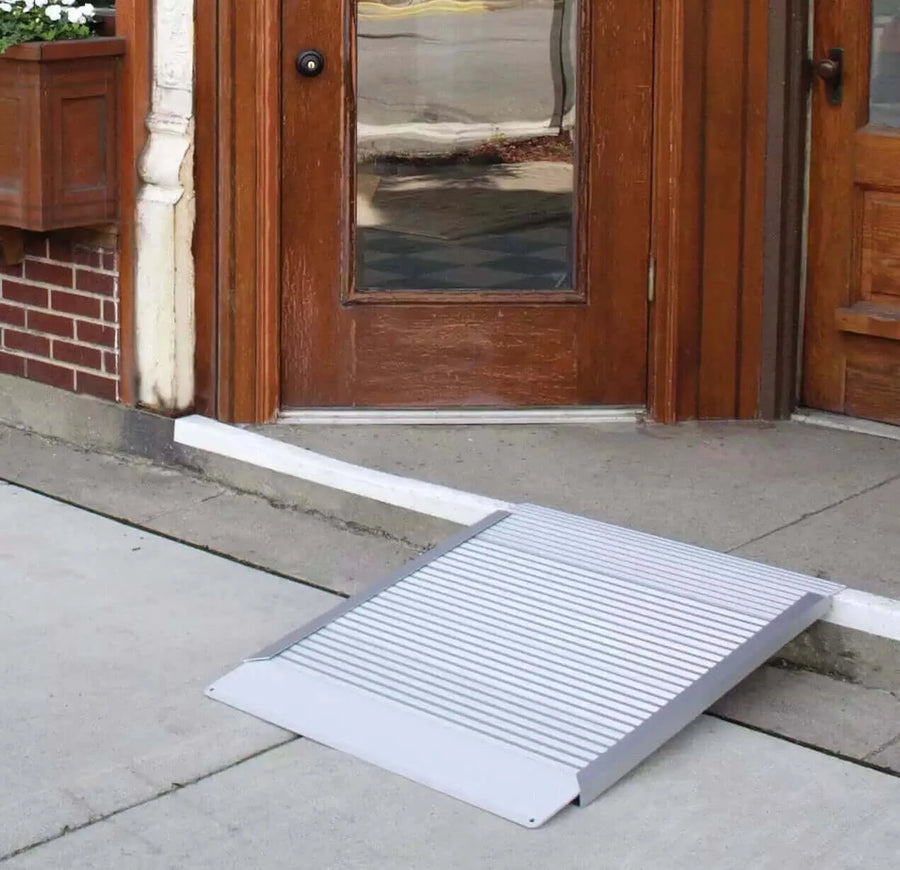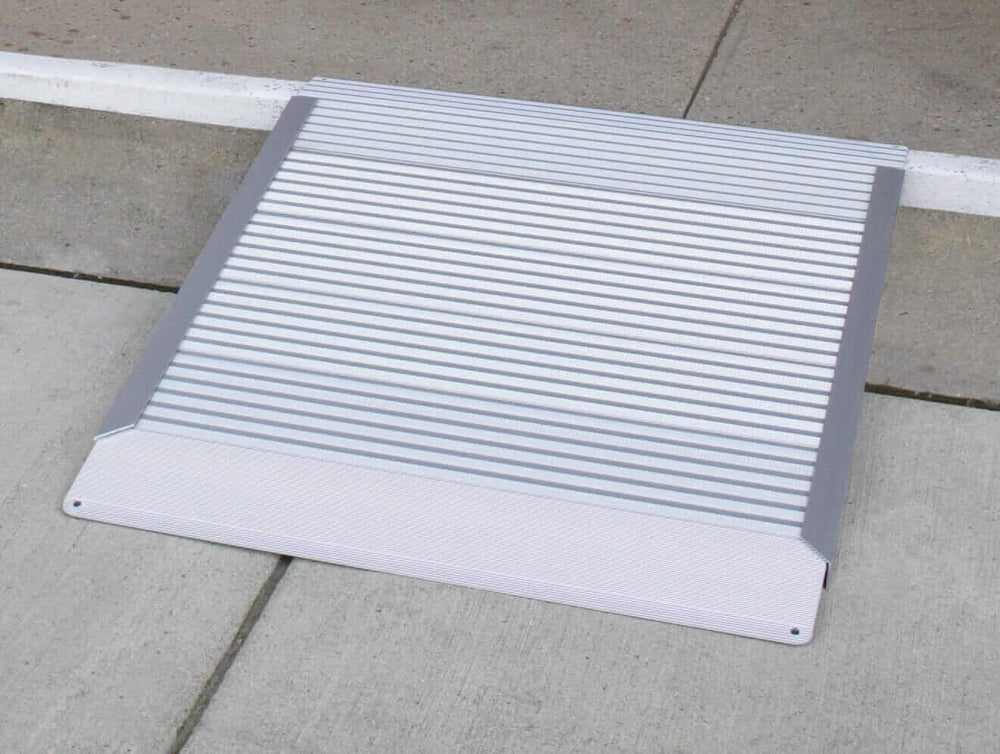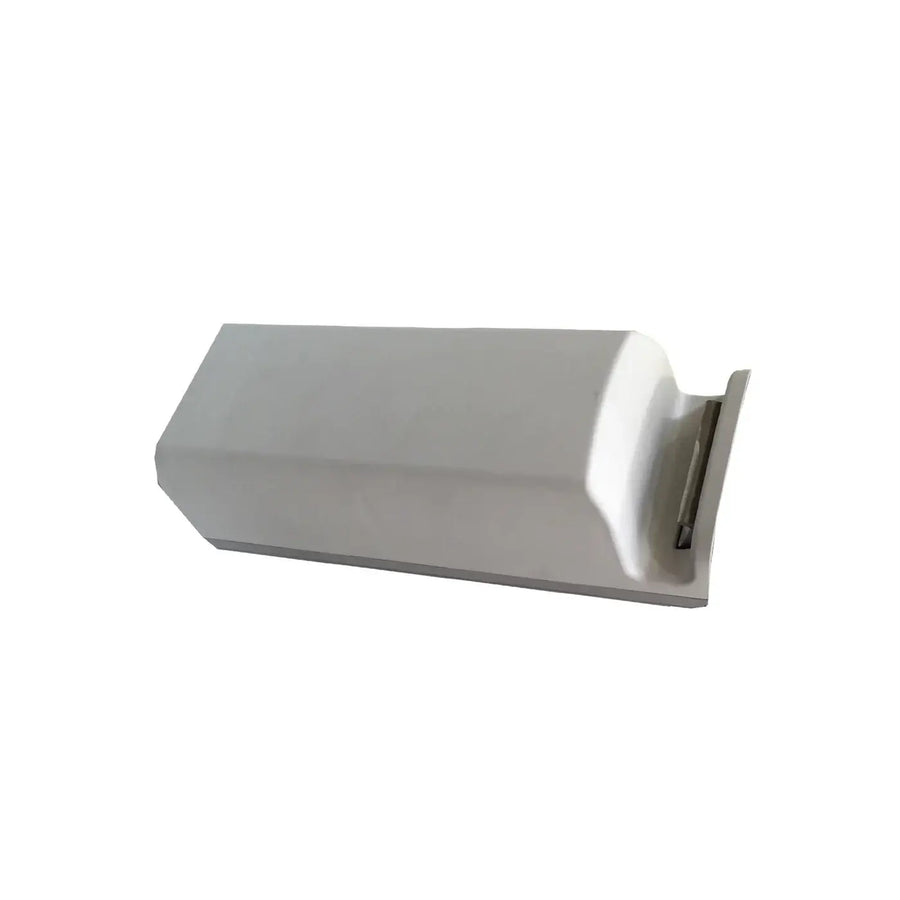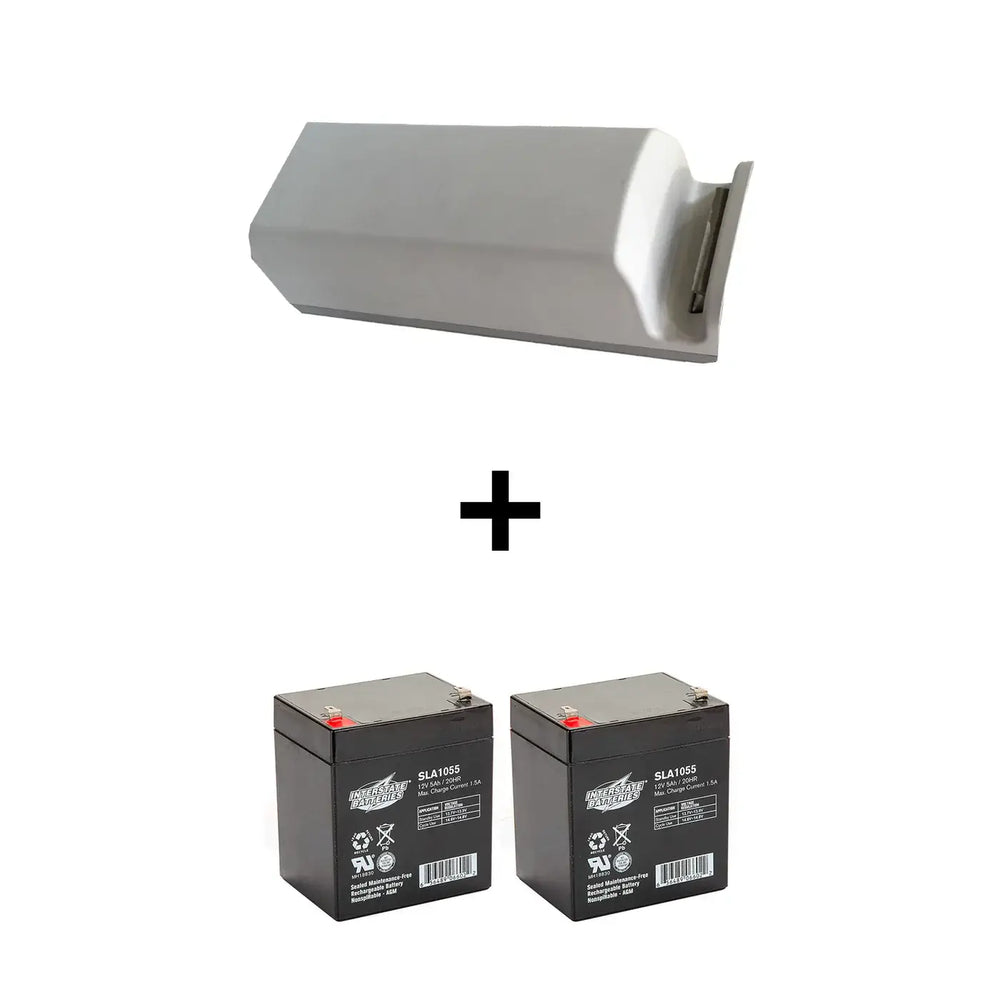What is the 1:12 Ramp Rule? Learn How Portable Ramps Fit
The 1:12 ramp rule helps create safe and usable ramps for wheelchairs and mobility devices. If you’re using portable ramps at home or in public places, this rule helps ensure the ramp slope is not too steep for wheelchair users, scooters, walkers, and other mobility aid users. It means that for every inch of rise, the ramp should be at least 12 inches long. This helps prevent accidents and makes moving up or down the ramp easier and safer.

At Reliable Ramps, we provide portable ramps designed with this rule in mind, making them a smart choice for homes, businesses, and public areas that need better accessibility.
Understanding the 1:12 Rule In Portable Ramps and Why It Matters
This simple rule helps improve access for people with limited mobility.
The 1:12 rule means that for every inch of height (rise), your ramp should be at least 12 inches long. If a threshold or curb is 6 inches high, your ramp should be 6 feet long. This slope helps ensure safety and comfort when using a wheelchair, scooter, or mobility device.
This guideline is also part of the ADA-compliant standards. Following it makes spaces more accessible and prevents injury, especially for those using power wheelchairs or pushing portable wheelchairs.
Types of Portable Ramps That Follow This Rule
Not all ramps are the same. Here's how different kinds of portable ramps fit this standard.
There are many types of portable ramps, each built for specific needs. Whether it’s for a threshold, doorway, curb, or small steps, having the right ramp helps with safe and seamless access.
Portable Wheelchair Ramps
These portable wheelchair ramps are easy to transport and foldable for storage. They work well for entry and exit at homes or vehicles. Many are made of lightweight aluminum and offer a strong weight capacity.
Threshold Ramps
Threshold ramps help bridge small gaps in doorways or raised landings. Their slip-resistant surface and strong frame support wheelchair accessible entry points. Most threshold ramps are made of high-quality aluminum and fit well in indoor or outdoor settings.
Modular Wheelchair Ramps
If you need a longer ramp, modular wheelchair ramps are a good choice. These modular ramps come in sections and are designed to accommodate taller rises while staying ADA compliant. Some models also include handrails, side rails, and a warranty.
Scooter and Mobility Device Ramps
Ramps for scooters and mobility devices offer wide surfaces and strong weight capacity. These portable access ramps are built to support the combined weight of the user and device.
Key Features That Help Ramps Meet Accessibility Standards
The right ramp isn’t just about length, it’s also about safety and ease of use.
Slip-Resistant Surface
The surface of the ramp should be textured to prevent slipping. Wet or smooth surfaces can be dangerous, especially during rain or in outdoor use.
Handrails and Side Rails
Side rails or handrails help guide users safely and prevent falls. These are often included in modular ramps or can be added to some folding ramps.
Easy Transport and Storage
Many ramps are designed to be easily transported and set up with no tools. Foldable ramps allow for easy storage and are perfect for homes, events, or temporary needs.
Weight and Durability
Portable mobility ramps must support the combined weight of the mobility device and user. Materials like aluminum ramps offer strength while keeping the ramps light.
How to Choose a Ramp That Matches Your Needs
Picking the right ramp depends on your space, mobility device, and transport needs.
Measure the Rise
Use the 1:12 rule. A 5-inch step needs a 5-foot ramp. This keeps the ramp slope gentle and safe.
Match the Device
Different devices need different widths and weight limits. Whether you're using manual wheelchairs, power wheelchairs, or a mobility scooter, check that the ramp comes with the right weight capacity and width.
Look for Portability
If you travel often, choose a folding ramp made of lightweight aluminum. These are easy to store and transport and work well for temporary access ramps.
Pick the Right Ramp System
For longer use or outdoor setups, a modular wheelchair ramp system is ideal. These ramp systems can be installed to fit porches, stairs, and other entry points.
Ramps Offer Safety and Flexibility for All Users
The right ramp helps make spaces safer and easier to reach.
Portable ramps give people with mobility needs a simple way to navigate places that may have been hard to reach. From curbs to small steps, they offer flexible, fast, and reliable access.
Many ramps available today are designed to meet various needs—whether you need help entering a building, crossing a threshold, or loading a vehicle.
Why the Right Ramp Design Matters
A good ramp balances comfort, safety, and convenience.
From aluminum modular ramps to EZ-ACCESS folding ramps, the options are wide. Always ensure that the ramp you pick is ADA compliant and meets your exact situation. Most ramps are easy to set up, and some come with a warranty for added peace of mind.
Remember: the ramp is also about safety. It’s more than just a slope. It's about creating a reliable, lasting accessibility solution for your daily life.
Make Every Step Accessible
Whether for home, travel, or business, Reliable Ramps offers a portable ramp that fits your needs.
If you're helping wheelchair users or anyone using mobility aids, don’t ignore the 1:12 ramp rule; it’s key to safety and comfort. From threshold ramps to modular systems, Reliable Ramps has options that follow this important standard.
When choosing a ramp, check for foldable styles, lightweight aluminum, slip-resistant surfaces, and proper weight capacity. Think about who will use it, what mobility device they have, and how steep the entry or curb is.
Need help choosing the right ramp? Reach out to us for expert advice, reliable options, and friendly support.






